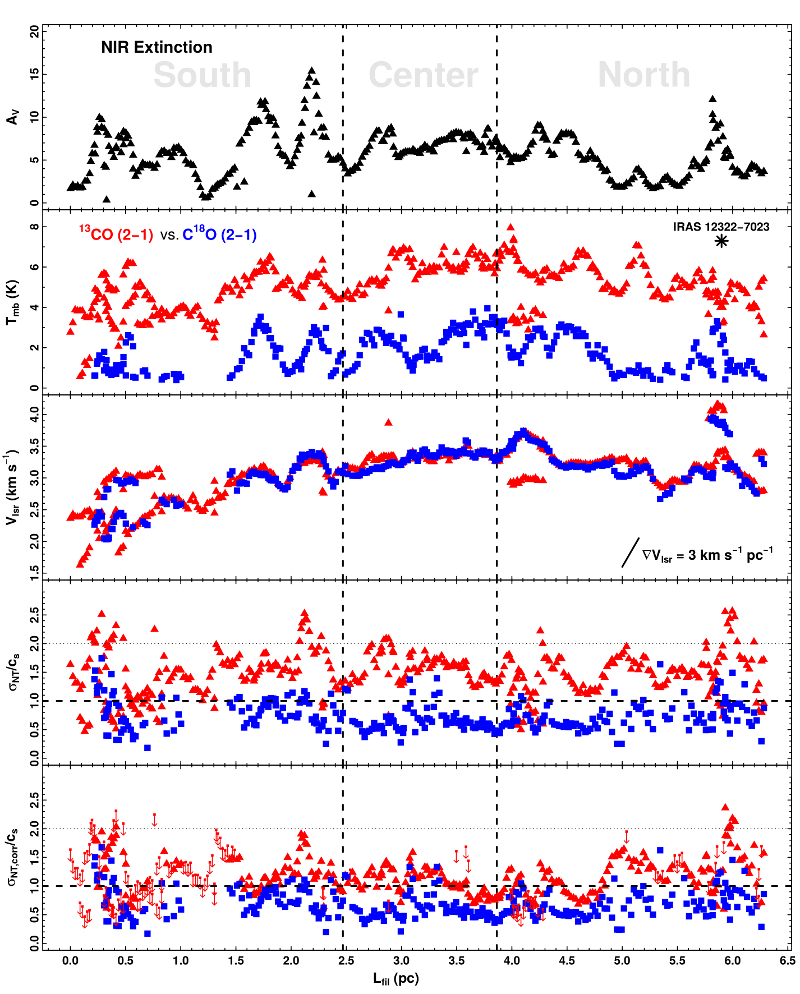| EPoS Contribution |
|
Filament kinematics: from low- to high-mass star-forming clouds
Alvaro Hacar IfA, Vienna, AT | |
| The internal velocity structure of filaments and their correlation with their internal mass distribution is of fundamental importance for the interpretation of their evolution, fragmentation, and stability. Since the first millimeter line observations in molecular clouds, different studies have attempted to characterize the internal gas velocity field within these objects. However, only in the last years the systematic analysis of large-scale molecular surveys have revealed the extraordinary level of substructure (fibers and bundles) and internal motions (velocity dispersions, gradients, and streaming motions) of these gas filaments. During my talk, I will present a comparative study of the gas kinematic properties and internal structure of three prototypical low- and high-mass star-forming filaments, from the simplest Musca cloud, throughout the Taurus B213-L1495 region, to the massive Integral Shape Filament in Orion. In particular, I will discuss the implications of these results in our current description of the turbulent ISM and molecular cloud structure. | |
 | |
| Caption: Observational results combining both NIR extinction (black) and both 13CO (red triangles) plus C18O (blue squares) (2-1) line measurements along the main axis of Musca. From Top to Bottom: (1) Extinction profile obtained by Kainulainen et al. (2015); (2) CO main-beam brightness temperatures Tmb); (3) centroid velocity (Vlsr); (4) non-thermal velocity dispersion along the line of sight (σNT); and (5) opacity corrected non-thermal velocity dispersion along the line of sight (σNT,corr). The velocity dispersion measurements are expressed in units of the sound speed cs = 0.19 km s-1 at 10 K. In these last plots the horizontal lines delimitate to the sonic (σNT/cs ≤1; thick dashed line) and transonic (σNT/cs ≤2; thin dotted line) regimes, respectively. More than 6.5 pc long, the Musca cloud is the longest sonic-like filament detected in the ISM so far (Hacar et al 2015). | |
| Collaborators: M. Tafalla, OAN, ES J. Alves, IfA-UniVie, AT J. Kainulainen, MPIA, DE H. Beuther, MPIA, DE A. Burkert, USM, DE |
Key publication
Suggested Session: Filaments |

